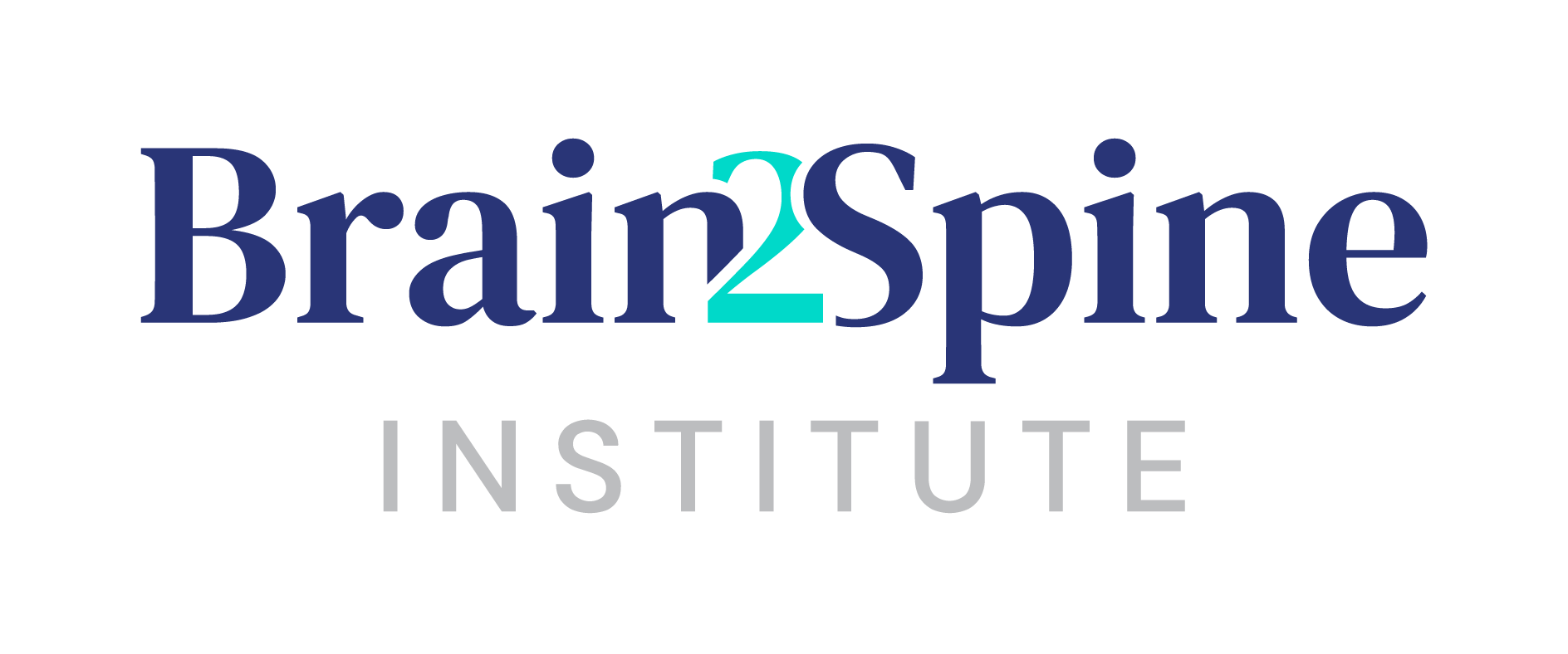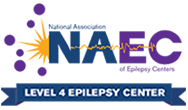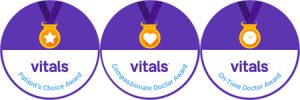Scoliosis is the abnormal curvature of the spine, in which the vertebrae rotate and develop a side-to-side curve. The severity of the scoliosis is measured by the degree to which the spine curves from its normal position. The scoliotic curves can be thoracic, lumbar, or both.
There are two main causes of scoliosis:
Childhood Scoliosis: Many people with the disease develop it during childhood or puberty. If it is untreated or goes unnoticed, the disease can progress into adulthood.
Asymmetric Degeneration: Disorders such as degenerative disc disease, osteoporosis, and compression fractures can lead to changes in the vertebrae. Over time, parts of the spine can lose their stability and symmetry.
Combination: Childhood scoliosis that was not treated properly and/or went unnoticed can combine with age-related spinal degeneration. The combination of these conditions can cause adult scoliosis.
Physical Characteristics
The most common symptom of scoliosis is back pain, especially in lumbar scoliosis. If the curvature is thoracic, the person may have difficulty breathing as the function of the lungs may be compromised.
- Back deformity
- Lack of symmetry in the spine (one shoulder or hip may be higher than the other)
- Trunk imbalance (always leaning to one side while sitting)
- One leg longer than the other (dysfunction while walking)
Adult Scoliosis Symptoms
- Back pain
- Numbness in the back, legs, or arms
- Paresthesias (tingling sensations)
- Muscle spasms
- Weakness in the back, legs, or arms
- Bowel and/or bladder dysfunction
Adult Scoliosis Diagnosis
Your doctor will begin by asking a variety of questions to obtain a detailed and thorough family and personal medical history. They will perform a neurological examination to test for symptomology.
You will likely require imaging tests so that the doctor can visualize your spine. Full-length X-Rays can be taken while the patient is standing, capturing different aspects of the spine. You may be asked to bend sideways during the X-Ray to assess spinal flexibility. Depending on the severity of scoliosis, your doctor may order a CT or MRI scan.
Adult Scoliosis Treatments
There are surgical and nonsurgical treatment options for scoliosis. Your doctor will consider the severity of your scoliosis, your symptoms, and your quality of life before recommending treatment for you.
Nonsurgical treatment includes physical therapy, exercise, and medications for pain, inflammation, and muscle spasms.
Surgery can be considered if the patient meets certain criteria:
- Thoracic curvature is greater than 50 degrees
- Progressive thoracolumbar curve (middle and lower back)
- Lumbar curve with chronic pain
- Decreased heart and lung function
- Deformity
Surgery typically involves removing one or more intervertebral discs and vertebrae to allow for the insertion of rods and screws to fuse and stabilize parts of the spine. These areas are then covered with bone grafts which stimulate new bone to grow.
After surgery, patients will need to attend physical therapy to rebuild strength in the back and follow-up visits to monitor their progress.
For a comprehensive evaluation from the experts at Brain2Spine Institute, call 727-828-8400.






